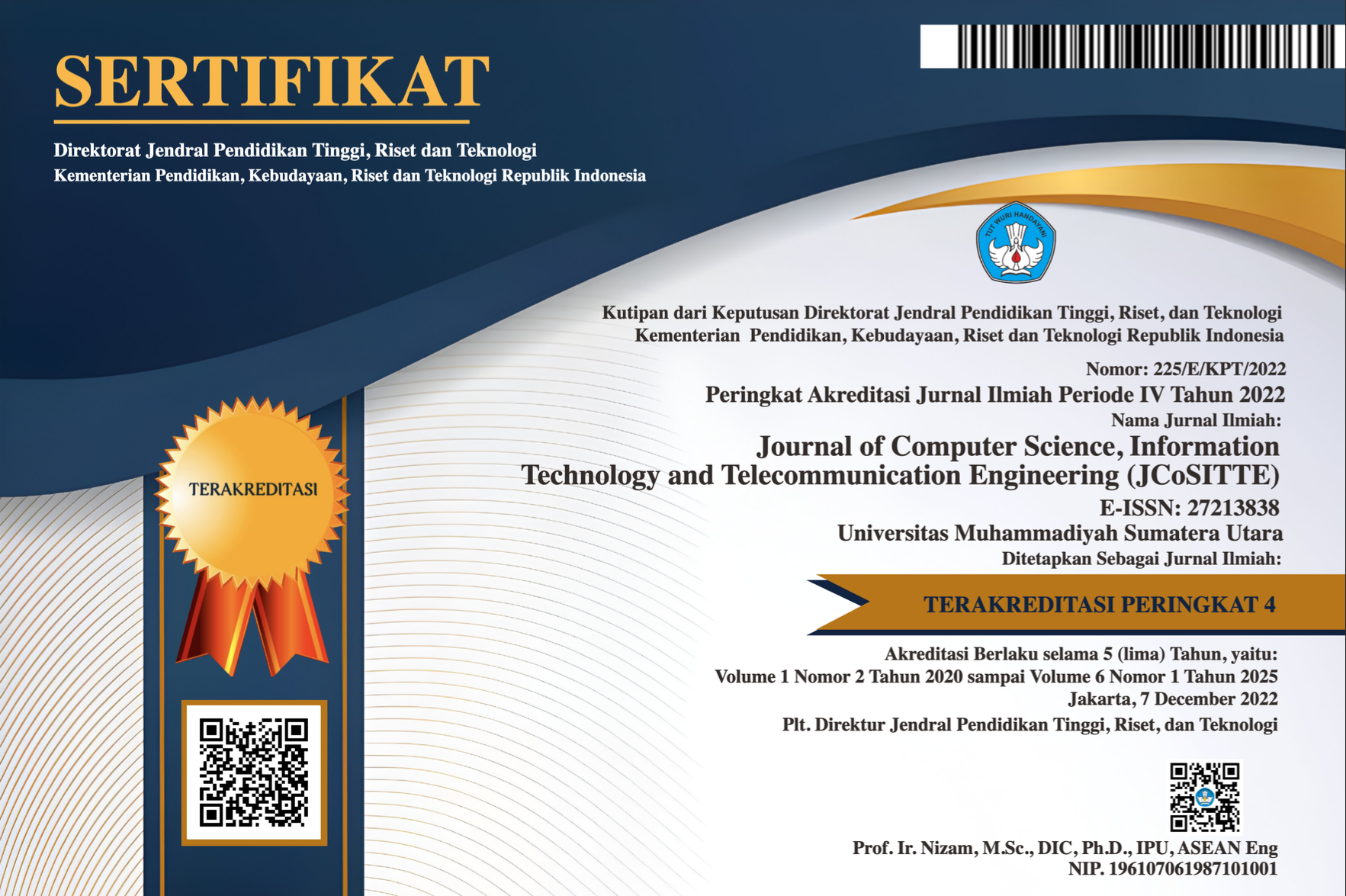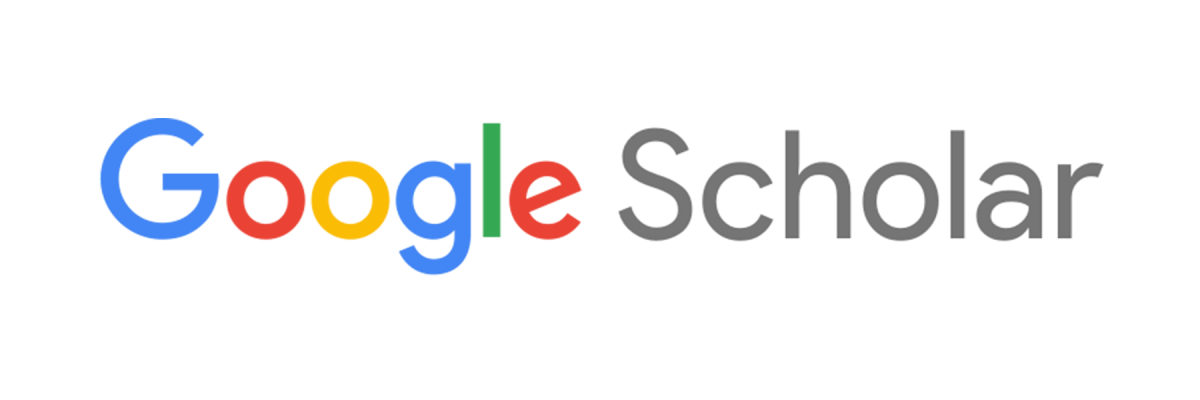STMKu Application Design for Financial Management Transparency in STM Organizations
Abstract
Keywords
Full Text:
PDFReferences
Almeida, F., Simões, J., & Lopes, S. (2022). Exploring the Benefits of Combining DevOps and Agile. Future Internet, 14(2). https://doi.org/10.3390/fi14020063
Dimas Rizky. (2019, January 15). Apa itu SDLC Waterfall? Https://Medium.Com/Dot-Intern/Sdlc-Metode-Waterfall-5ae2071f161d.
Hashem, F. (2021). Role of Computerized AIS Applications in Preserving Organizational Financial Performance during COVID19: Moderating Role of Accountants' Experience. International Business Research, 14(4). https://doi.org/10.5539/ibr.v14n4p87
Hermanto, B., Yusman, M., & Nagara, N. (2019). Sistem Informasi Manajemen Keuangan pada PT. Hulu Balang Mandiri Menggunakan Framework Laravel. Jurnal Komputasi, 7(1). https://doi.org/10.23960/komputasi.v7i1.2051
Jindrichovska, I. (2014). Financial management in SMEs. European Research Studies Journal, 16(4), 79–95. https://doi.org/10.35808/ersj/405
Luta, D. A., Syam, F. H., & Warisman, W. (2022). Pemberdayaan Lahan Pekarangan Masyarakat Di Desa Kelambir V Kebon. Empowerment: Jurnal Pengabdian Masyarakat, 1(3), 316–321. https://doi.org/10.55983/empjcs.v1i3.126
Osiievskyi, S., Kolomiitsev, O., Open’ko, P., Tretiak, V., Petrenko, O., & Petrenko, O. (2022). Method of increasing the reliability of knowledge-oriented systems software through code reuse mechanisms. Journal of Scientific Papers “Social Development and Security,” 12(1). https://doi.org/10.33445/sds.2022.12.1.6
Pressman, R. S. (2001). Software Quality Engineering: A Practitioner’s Approach 7th. In McGraw-Hill, New York.
Riyanto, B. (2008). Dasar -dasar Pembelanjaan Perusahaan.
Satriawan, N. (2022). Pengertian Metode Waterfall dan Tahap-Tahapnya. Ranahresearch.Com, 2011.
Veitaite, I., & Lopata, A. (2022). Knowledge-Based UML Dynamic Models Generation from Enterprise Model in Hospital Information Management Process Example. Intelligent Systems Reference Library, 205. https://doi.org/10.1007/978-3-030-79353-1_12
Vo, M. H. L., & Hoang, Q. (2020). Transformation of uml class diagram into owl ontology. Journal of Information and Telecommunication, 4(1). https://doi.org/10.1080/24751839.2019.1686681
DOI: https://doi.org/10.30596/jcositte.v4i1.13706
Refbacks
- There are currently no refbacks.





.png)

